The Best Companion Plants For Beets
Title: The Best Companion Plants for Beets
Introduction:
Beets are a delicious and nutritious root vegetable that is easy to grow. They are also a good companion plant, meaning that they can help to improve the growth and health of other plants in the garden.
In this blog post, I will discuss the best companion plants for beets. I will also provide some tips on how to plant and care for these plants together.
Main Content:
There are many different plants that can be good companion plants for beets. Some of the best include:
- Onions: Onions are a natural pest repellent, and they can help to protect beets from aphids, beetles, and other pests. They can also improve the flavor of beets.
- Beans: Beans are nitrogen-fixing plants, which means that they can help to enrich the soil for beets. They can also help to suppress weeds.

- Lettuce: Lettuce is a good companion plant for beets because it has shallow roots that do not compete with beets for water and nutrients. Lettuce can also help to shade the soil around beets, which can help to suppress weeds.
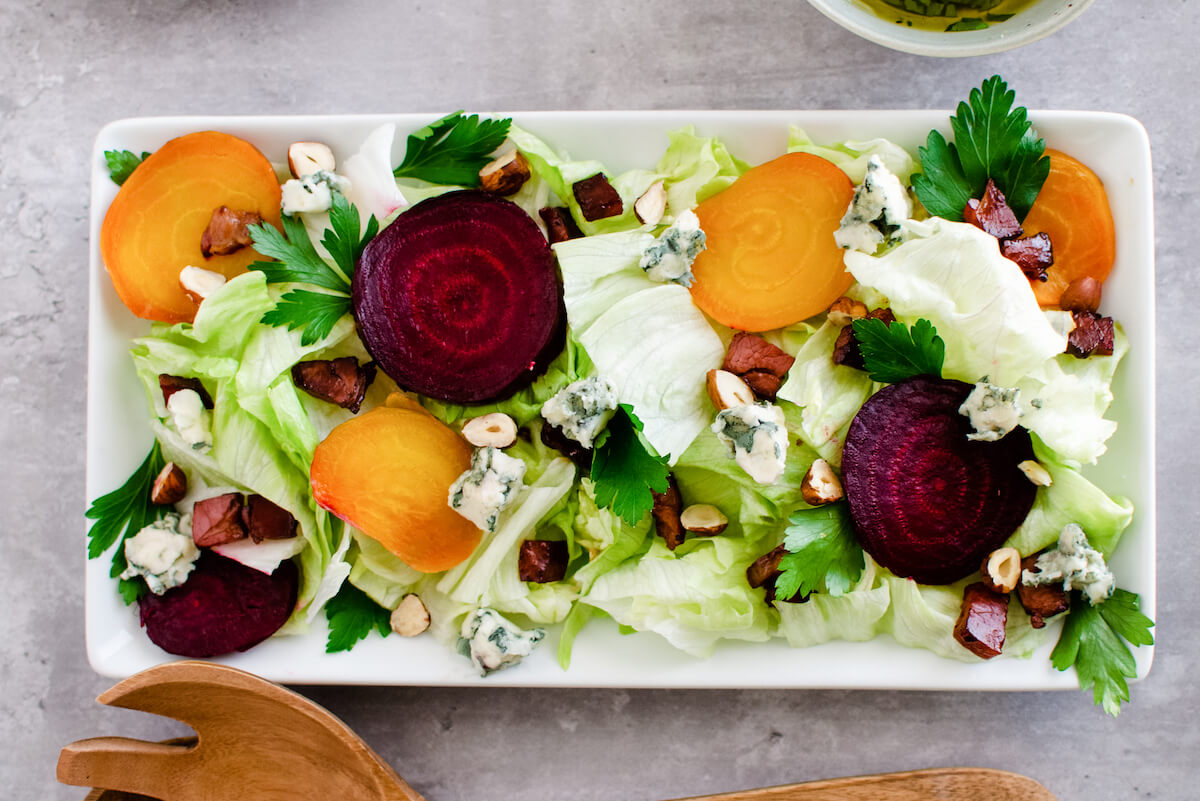
- Cabbage: Cabbage is another good companion plant for beets. It helps to repel pests and diseases, and it can also help to improve the flavor of beets.

- Radishes: Radishes are a short-season crop that can be planted alongside beets. They help to break up the soil and improve drainage, which can benefit beets.
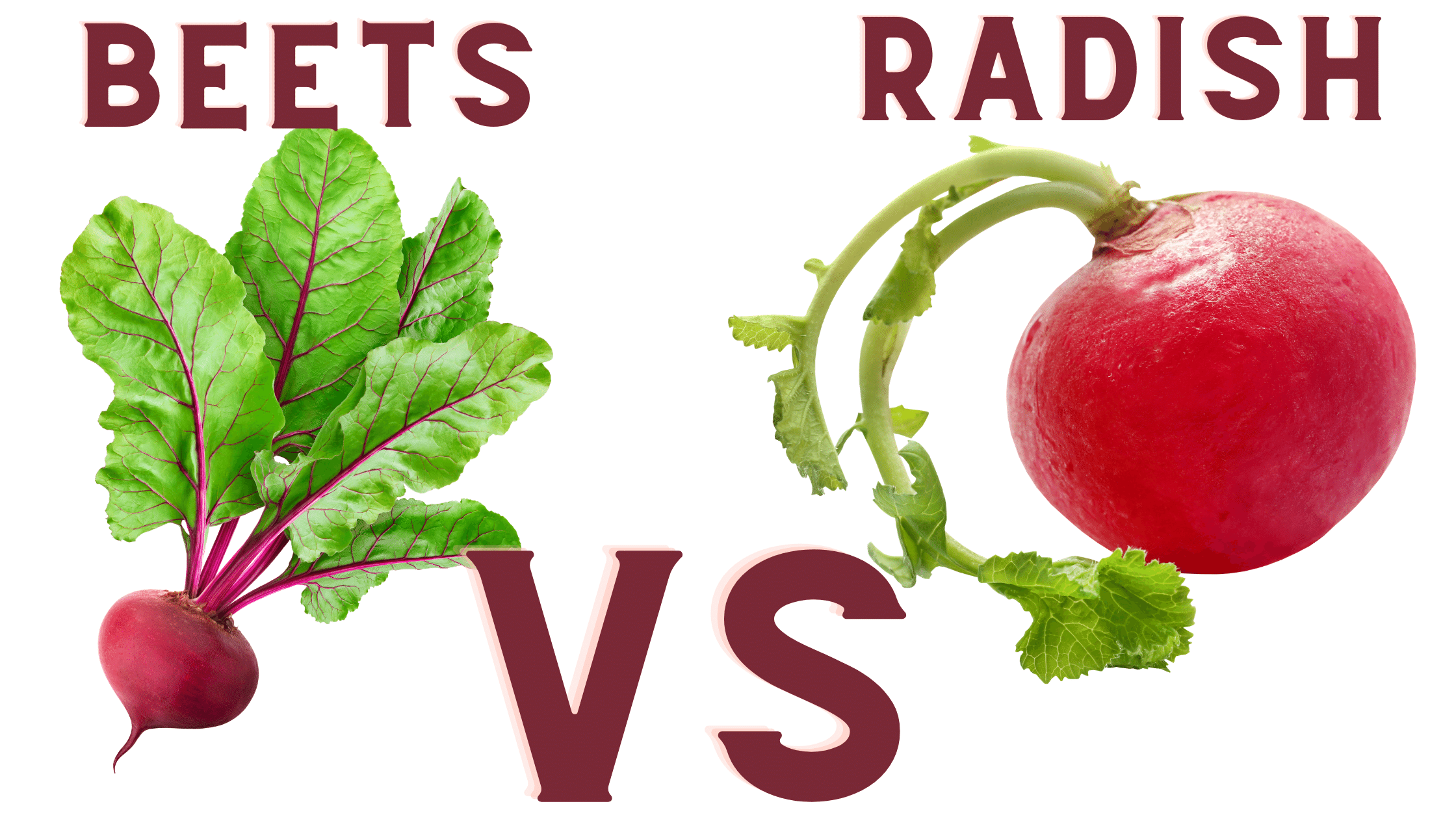
In addition to these plants, there are a few other that can be good companions for beets. These include:
- Carrots: Carrots and beets can be planted together because they have different root systems. Carrots have a taproot, while beets have a spreading root system. This means that they will not compete for resources.
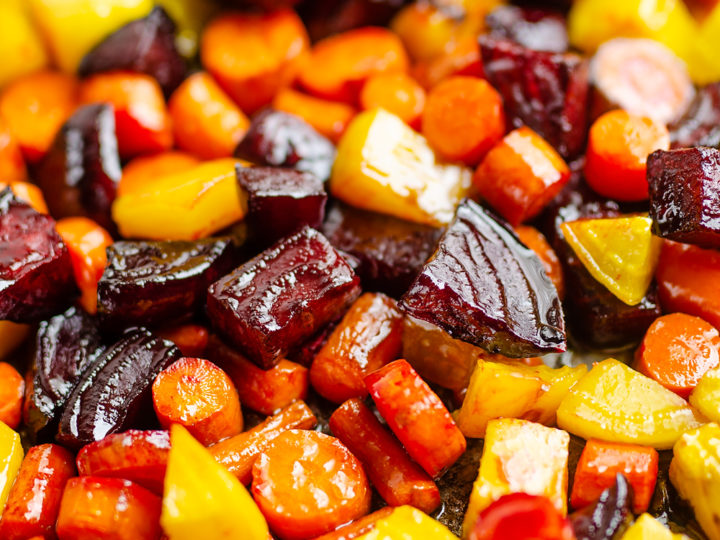
- Spinach: Spinach is a good companion plant for beets because it can help to suppress weeds and improve the soil's drainage.
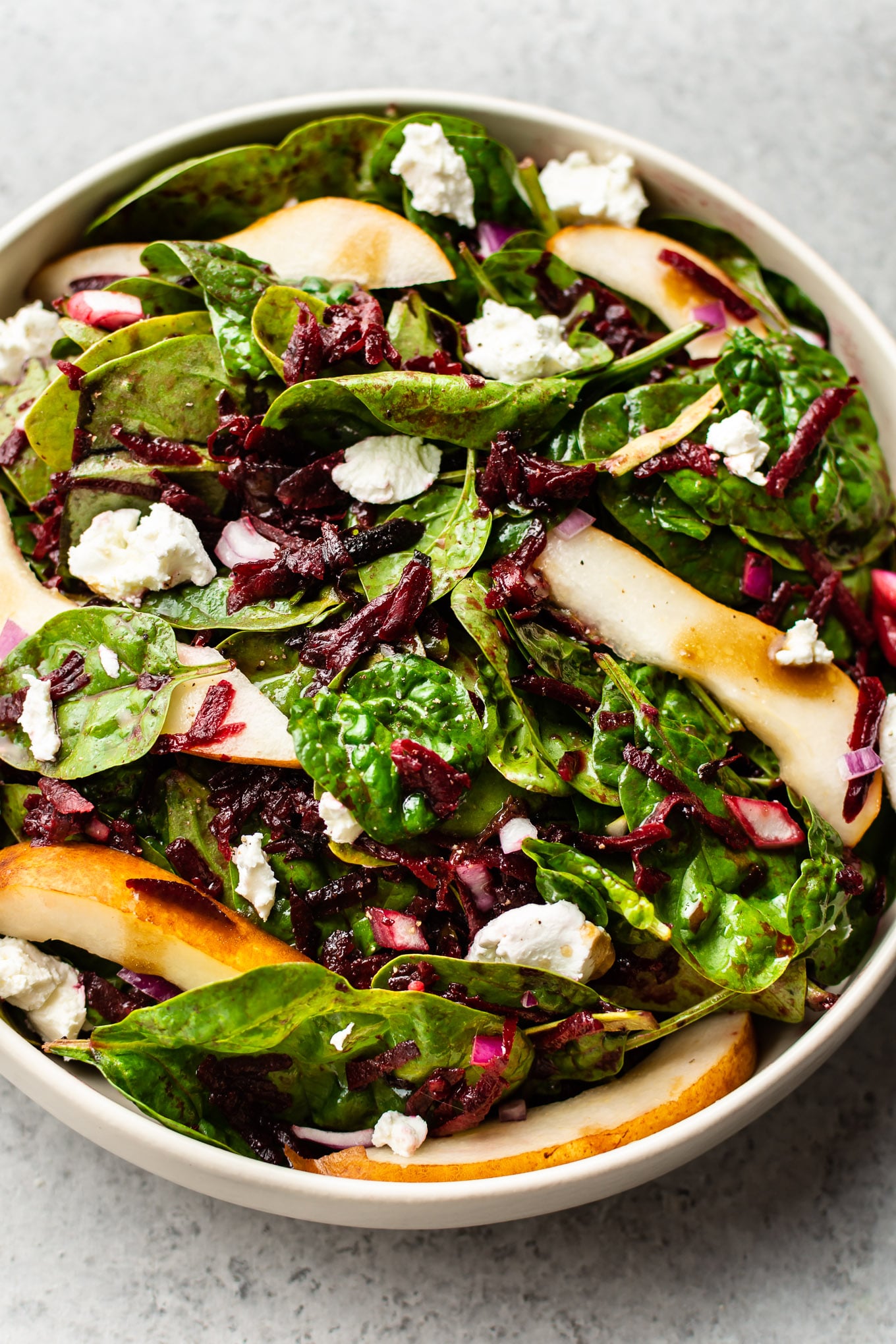
- Marigolds: Marigolds are a good companion plant for beets because they help to repel pests.

Tips for Planting and Caring for Companion Plants:
When planting companion plants, it is important to consider the size and growth habits of the plants. For example, beets are a relatively small plant, so you will want to plant them with other plants that are also not too large.
It is also important to consider the sunlight and water requirements of the plants. Beets need full sun and regular watering, so you will want to plant them with other plants that have similar needs.
Here are some additional tips for planting and caring for companion plants:
- Plant companion plants close together to help them benefit from each other's presence.
- Mulch around the plants to help retain moisture and suppress weeds.
- Water the plants regularly, especially during hot weather.
- Fertilize the plants as needed.
Conclusion:
Companion planting is a great way to improve the growth and health of your garden plants. By planting beets with the right companion plants, you can help to protect them from pests, improve their flavor, and enrich the soil.
I hope this blog post has given you some helpful information about the best companion plants for beets. If you have any questions, please feel free to leave a comment below.
Here are some of the best companion plants for beets:
- Onions. Onions help to repel pests that can damage beets, such as aphids and flea beetles. They also help to improve the flavor of beets.
- Beans. Beans fix nitrogen in the soil, which is beneficial for beets. They also help to shade the soil, which can help to prevent weeds from growing.
- Lettuce. Lettuce has shallow roots, so it does not compete with beets for water and nutrients. It also helps to attract beneficial insects to the garden.
- Cabbage. Cabbage is a member of the same family as beets, so they have similar growing requirements. They also help to repel pests that can damage beets.
- Radishes. Radishes mature quickly, so they can be planted between beets to help fill up the space. They also help to improve the drainage of the soil, which is beneficial for beets.
For more information about the best companion plants for beets, visit Home Gardening.
FAQ of best companion plants for beets
- What are the best companion plants for beets?
The best companion plants for beets are those that have similar growing conditions and can help to deter pests and diseases. Some of the best companion plants for beets include:
* Onions, chives, and garlic: These members of the Allium family help to repel pests such as aphids and flea beetles.
* Brassicas: These plants, such as broccoli, cabbage, and Brussels sprouts, help to enrich the soil and improve the growth of beets.
* Lettuce: This leafy green helps to suppress weeds and attract beneficial insects.
* Beans: These nitrogen-fixing plants help to improve the soil quality for beets.
* Catnip: This herb helps to repel pests and attract pollinators.
- What plants should I avoid planting near beets?
Some plants that should be avoided planting near beets include:
* Pole beans: These beans can shade out beets and stunt their growth.
* Field mustard: This weed can compete with beets for nutrients and water.
* Charlock (wild mustard): This weed can also compete with beets for nutrients and water, and it can also harbor pests and diseases.
- How do companion plants benefit beets?
Companion plants can benefit beets in a number of ways, including:
* Attracting beneficial insects: Some companion plants, such as marigolds and nasturtiums, attract beneficial insects that help to control pests.
* Repelling pests: Other companion plants, such as onions and garlic, have strong scents that repel pests.
* Improving soil quality: Some companion plants, such as legumes, fix nitrogen in the soil, which can benefit beets.
* Suppressing weeds: Some companion plants, such as lettuce and marigolds, can help to suppress weeds.
- How do I plant companion plants with beets?
When planting companion plants with beets, it is important to consider the spacing requirements of both plants. For example, onions and garlic should be planted at least 6 inches away from beets, while lettuce can be planted closer. It is also important to consider the sun exposure requirements of both plants. For example, beets prefer full sun, while lettuce can tolerate some shade.
Image of best companion plants for beets
- Alliums: Onions and garlic help to deter pests from beets.
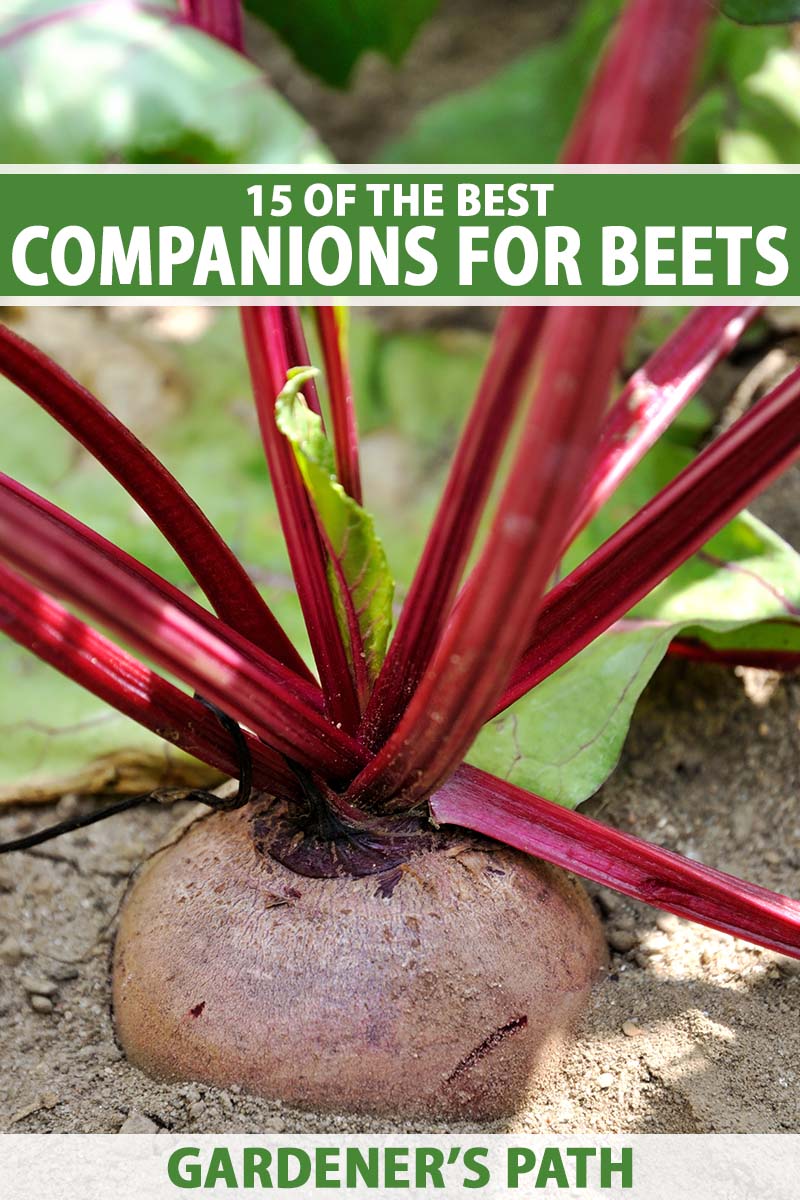
- Bush beans: Bush beans help to improve the nitrogen content of the soil, which benefits beets.
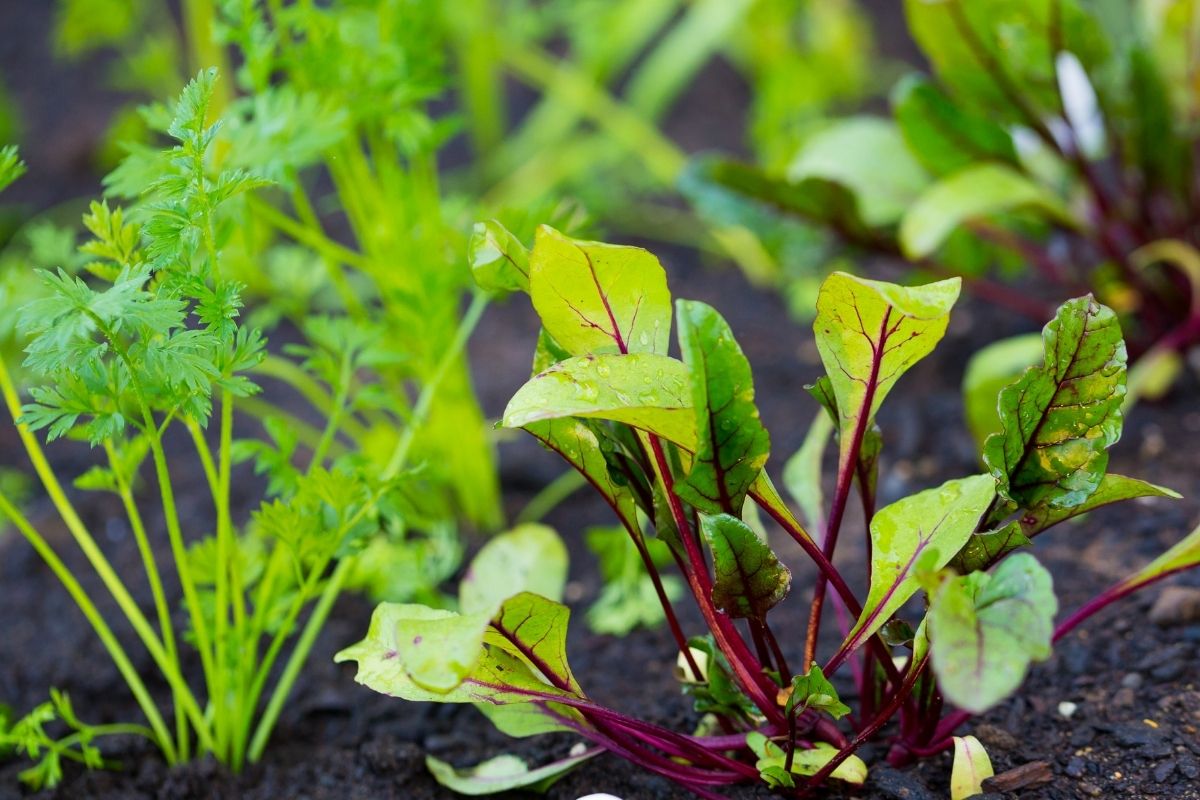
- Lettuce: Lettuce helps to suppress weeds and attract beneficial insects, both of which benefit beets.
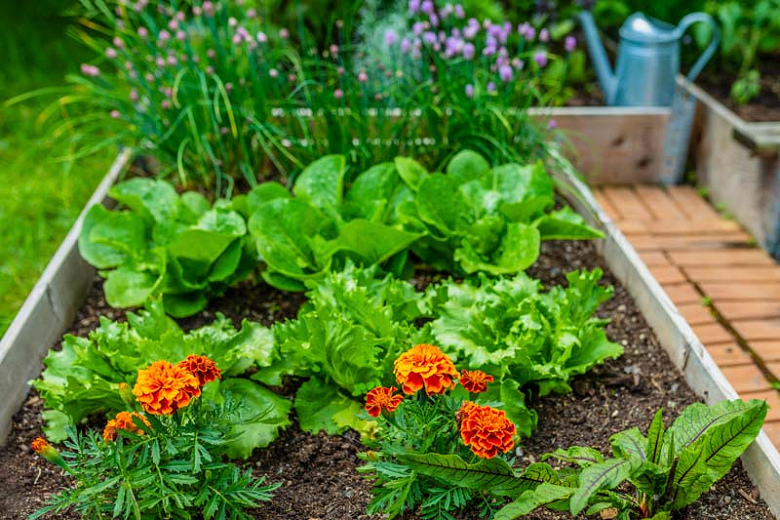
- Radishes: Radishes help to deter pests from beets and can also be used as a trap crop.
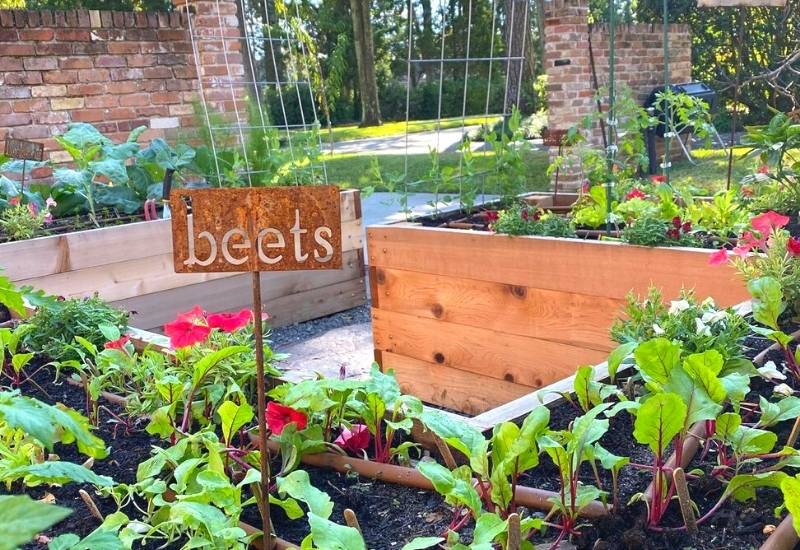
- Strong-scented herbs: Strong-scented herbs, such as chives, mint, and rosemary, help to deter pests from beets.

- Brassicas: Brassicas, such as broccoli and cabbage, help to repel pests from beets.
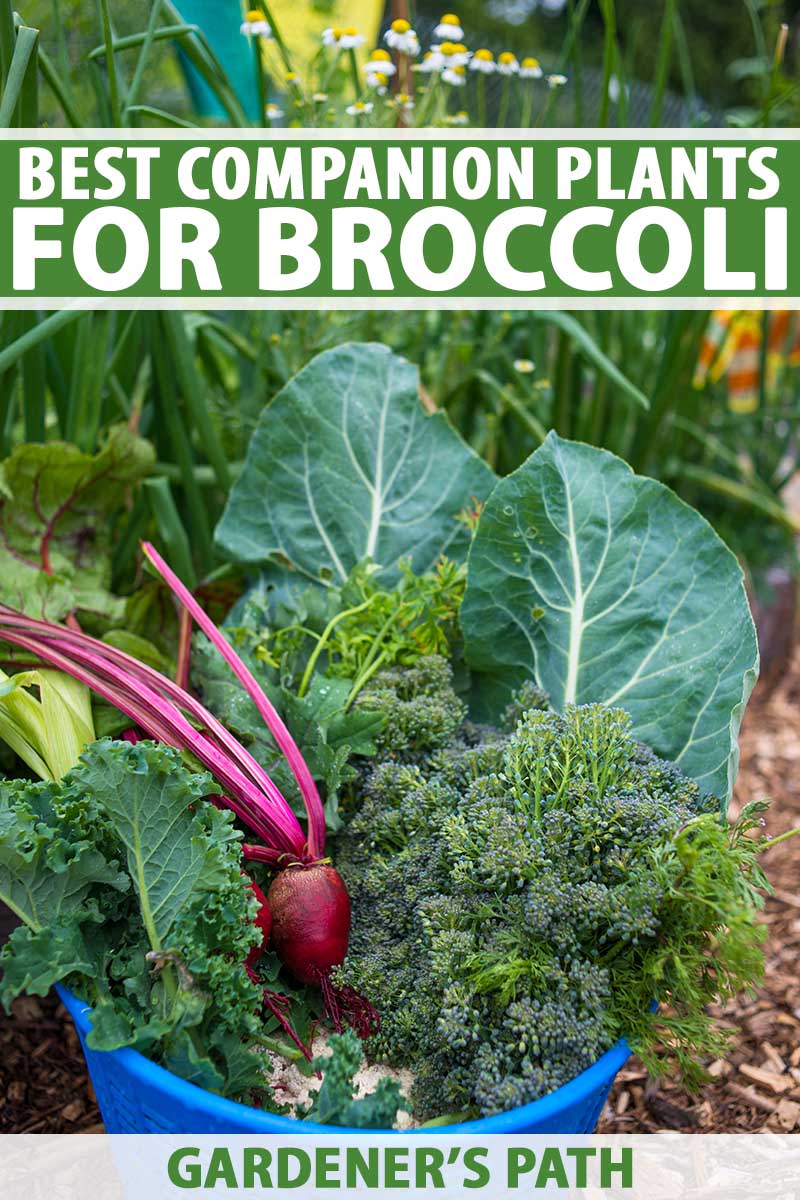
- Corn: Corn helps to provide shade for beets, which can help to prevent them from bolting.
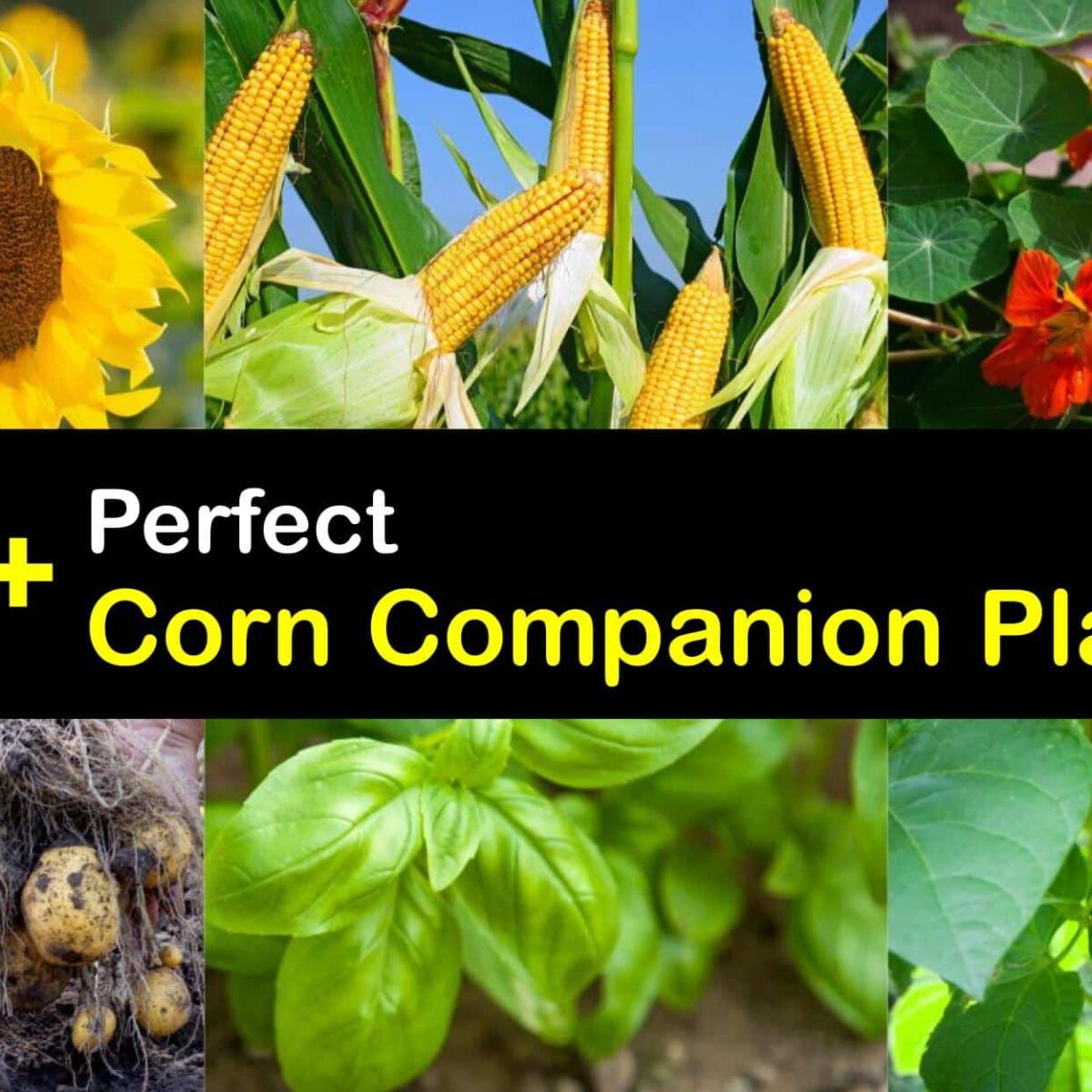
- Oats: Oats help to improve the drainage of the soil, which can benefit beets.

- Marigolds: Marigolds help to deter pests from beets.
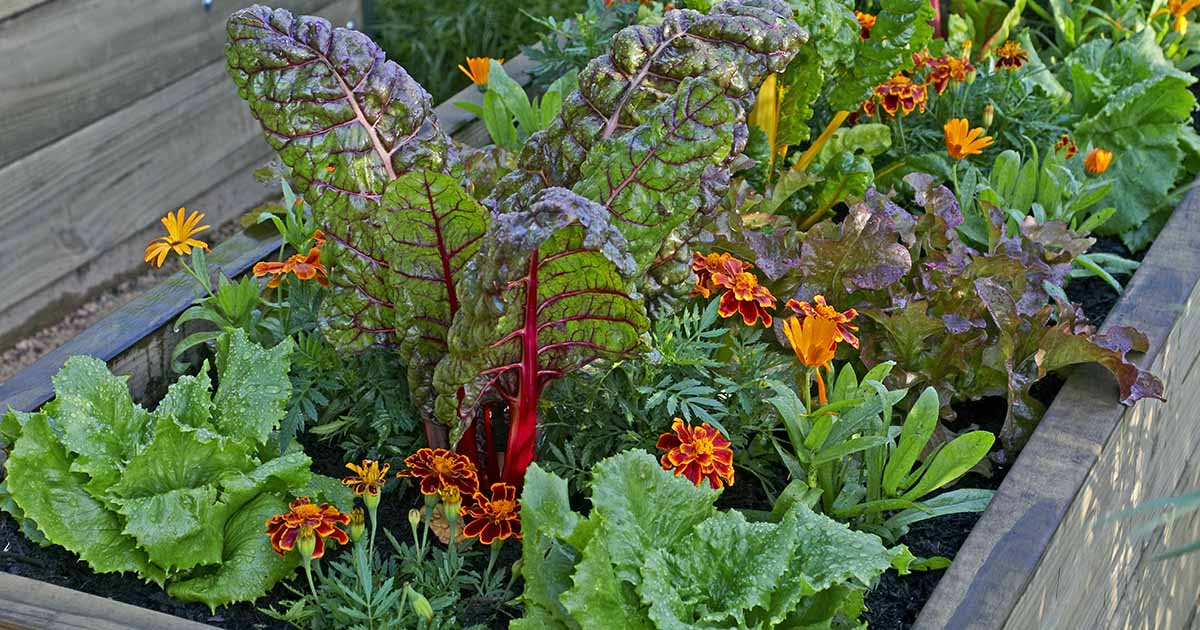
Post a Comment for "The Best Companion Plants For Beets"